Function Generators Explained
In electronics, getting things right is very important, and function generators help you do just that. These flexible tools are a must-have for creating different waveforms, which are patterns of electrical signals that you can use to test, analyze, and fine-tune electronic circuits. Whether you’re working on a simple audio project or developing advanced communication systems, knowing how function generators work is very useful for making sure your designs perform as expected. This article will take you through the different types of waveforms that function generators can produce, the various types of function generators available, and their uses across different industries. By the end, you'll have a better understanding of how to choose the right tool for your specific needs.Catalog

Figure 1: Function Generator Capabilities
Function Generator Capabilities
Function generators are tools used in electronics to create various waveforms that help in testing and analyzing different circuits. Knowing the different waveforms they produce can help you use these tools more effectively.
Sine Wave

Figure 2: Sine Wave
The sine wave is one of the simplest waveforms, known for its smooth, continuous flow between high and low points. It only has one frequency, which means it doesn't add any extra noise or distortion to the circuit. This makes the sine wave especially useful when you want to test analog circuits, like audio systems, where you need to check if the sound is clear and free from distortion.
Square Wave
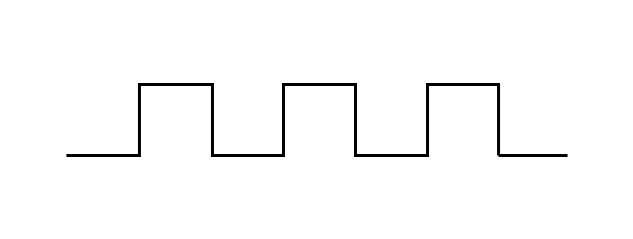
Figure 3: Square Wave
A square wave is characterized by its quick jumps between high and low states. It’s particularly handy for testing digital circuits. This waveform is often used as a clock signal to keep the operations of digital devices in sync. The sharp transitions in a square wave make it ideal for testing how fast and accurately digital components, like logic gates, respond to changes.
Pulse Wave
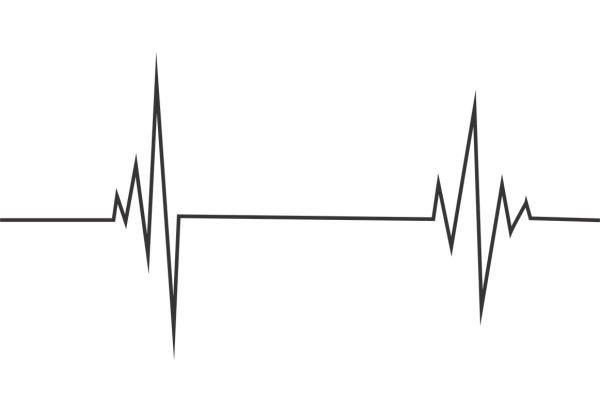
Figure 4: Pulse Wave
A pulse wave is similar to a square wave but allows for more control over the duration of its high and low states. This makes it very useful in digital applications that require precise timing. For instance, pulse waves are used in controlling the speed of motors or adjusting the brightness of LEDs through a technique called pulse-width modulation (PWM).
Triangular Wave

Figure 5: Triangular Wave
A triangular wave moves up and down in a straight line between its highest and lowest points. This simple up-and-down motion makes it great for testing amplifiers and other circuits that need to respond evenly to changes in the signal. If there’s any distortion or unevenness in the amplifier’s response, it will be easier to spot when using a triangular wave.
Sawtooth Wave

Figure 6: Sawtooth Wave
The sawtooth wave gets its name because it looks like the teeth of a saw, with a rapid rise or fall followed by a gradual return to the starting point. This waveform is commonly used in applications like generating scan signals for older TV screens or creating specific sounds in music synthesizers. The unique shape of the sawtooth wave produces a wide range of frequencies, making it useful for testing how circuits handle more complex signals.
Types of Function Generators
Function generators are tools used in electronics to create various electrical waveforms, which are patterns of electrical signals that repeat over time. These tools come in different types, each designed for specific tasks. Understanding the differences between these types can help you choose the right one for what you need to do.
Analog Function Generators

Figure 7: Analog Function Generator
Analog function generators are the traditional kind, known for being simple and not too expensive. They create continuous signals using basic electronic components like operational amplifiers or phase-locked loops (PLLs). These signals usually include basic waveforms such as sine, square, and triangle waves. However, analog function generators generally offer fewer features and are less precise compared to digital models. This makes them a good choice when you don't need exact precision but still need a reliable tool. For example, they work well in learning environments or for simple circuit testing.
Digital Function Generators
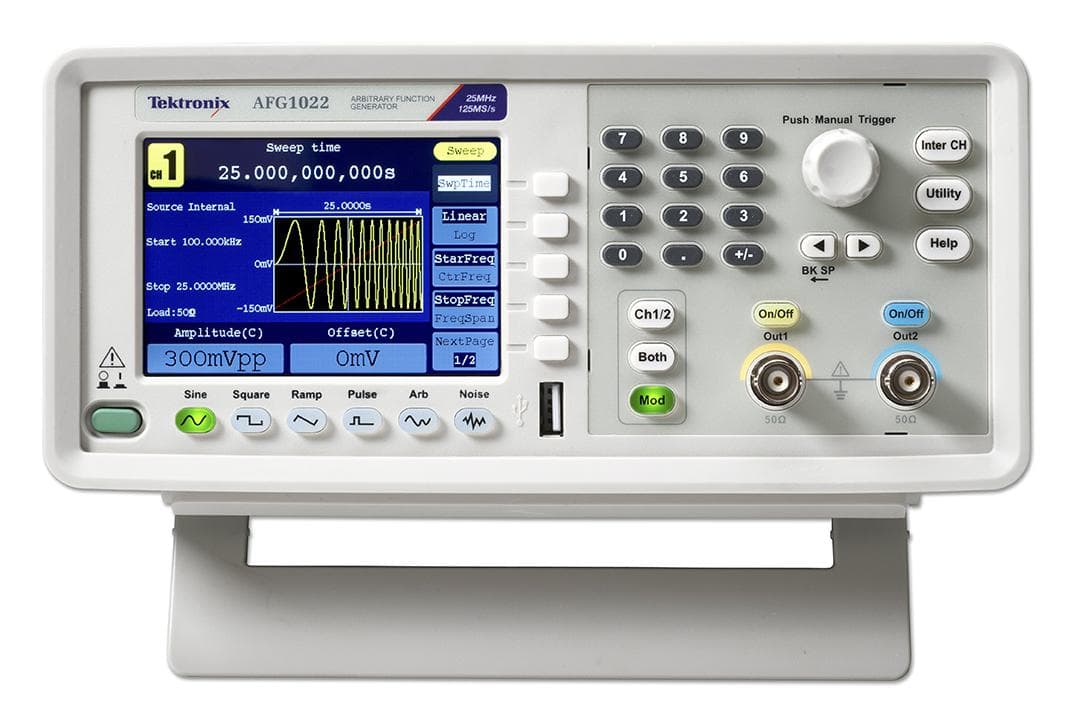
Figure 8: Digital Function Generator
Digital function generators use a technology called Direct Digital Synthesis (DDS) to create waveforms. This technology allows these generators to produce a wide variety of waveforms with more accuracy and stability. Digital function generators give you more control over the frequency, amplitude, and phase of the signals they produce. Because of their precision and flexibility, digital function generators are well-suited for more advanced tasks, like research, development, and detailed electronic testing. They can create more complex waveforms and are easy to program, which is why they are often used when precise control over signal characteristics is needed.
Arbitrary Waveform Generators (AWGs)
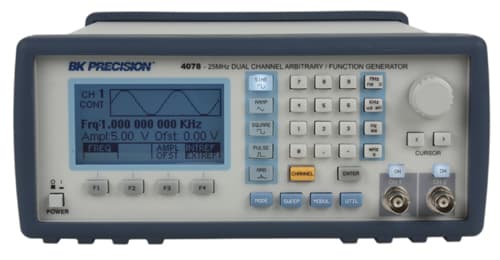
Figure 9: Arbitrary Waveform Generator (AWG)
Arbitrary waveform generators (AWGs) let users create custom waveforms, making them useful for specialized testing, especially in telecommunications where complex signals are needed. With advanced features that simulate real-world signals accurately, they are valuable tools. Similarly, function generators are versatile and used across many fields. In electronics labs, they mimic real-world conditions for testing and troubleshooting circuits, ensuring systems work properly. In research and development, they test new designs by creating various signals, helping products perform well in real scenarios. In the medical field, function generators fine-tune medical devices like pacemakers and ultrasound machines to ensure proper function. In the automotive industry, they simulate engine and vehicle signals to test control units, aiding in improving system performance and ensuring reliable operation.
Modulation Techniques in Function Generators
Modulation techniques in modern function generators allow waveforms to be adjusted for specific uses, particularly in communication systems. These techniques change different aspects of the waveform—such as its size, speed, or position—based on an external signal, making it possible to send information.

Figure 10: Amplitude Modulation (AM) Waveform
Amplitude Modulation (AM) is a method where the size of the waveform is changed in line with the modulating signal. This approach is commonly used in communication systems, especially in radio broadcasting, where the strength of the signal reflects the information being sent. By adjusting the amplitude, AM makes it possible to transmit sound or data over long distances. However, it is more likely to be affected by noise and interference, which can make the received signal less clear.

Figure 11: Frequency Modulation (FM) Waveform
Frequency Modulation (FM) changes the speed of the waveform according to the modulating signal. Unlike AM, where the size changes, FM keeps the size the same but shifts the speed to encode information. This method is widely used in radio broadcasting, particularly in FM radio. One of the main benefits of FM over AM is that it is less affected by noise and interference, which makes it better for transmitting high-quality sound signals.

Figure 12: Phase Modulation (PM) Waveform
Phase Modulation (PM) adjusts the position of the waveform based on the modulating signal. In this case, the phase refers to the point in time where the waveform begins or its angle relative to a reference. By shifting the phase, PM can encode data into the waveform. This method is often used in advanced communication systems like Wi-Fi and GSM networks, where it helps provide fast and reliable data transmission. PM is sometimes combined with other modulation techniques to improve the performance and efficiency of communication systems
Types of Function Generator Formats
Bench-Top Instruments

Figure 13: Bench-Top Instruments
Bench-top function generators are standalone units commonly used in labs and development areas. They offer many features, such as different types of waveforms, frequency changes, and amplitude adjustments. These devices are designed with easy-to-use controls, including knobs, buttons, and display screens, making them straightforward to operate. These instruments are dependable and accurate, making them suitable for both learning and professional testing situations where accuracy is very important.
Rack-Based Instruments
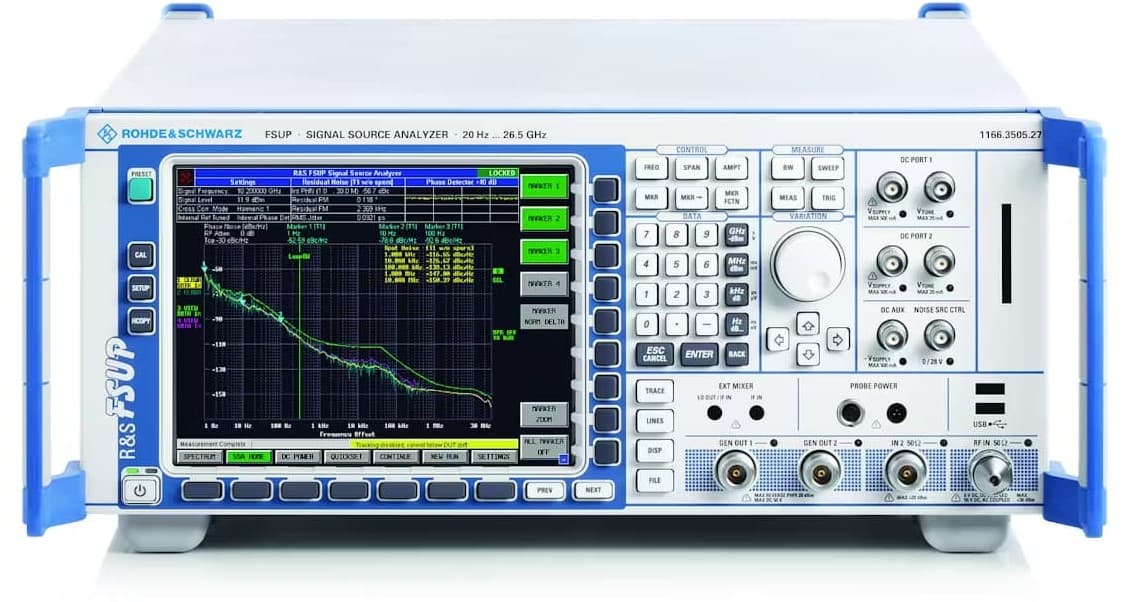
Figure 14: Rack-Based Function Generator
Rack-based function generators are modular devices designed to be part of larger automated test systems. Their modular design allows them to be easily stacked and set up within a rack, making them flexible for complex testing needs. These generators are typically used in places where saving space and the ability to scale up are important, like in large-scale industrial testing or manufacturing quality checks. They often offer remote control options, allowing them to work smoothly within automated systems.
USB Function Generators
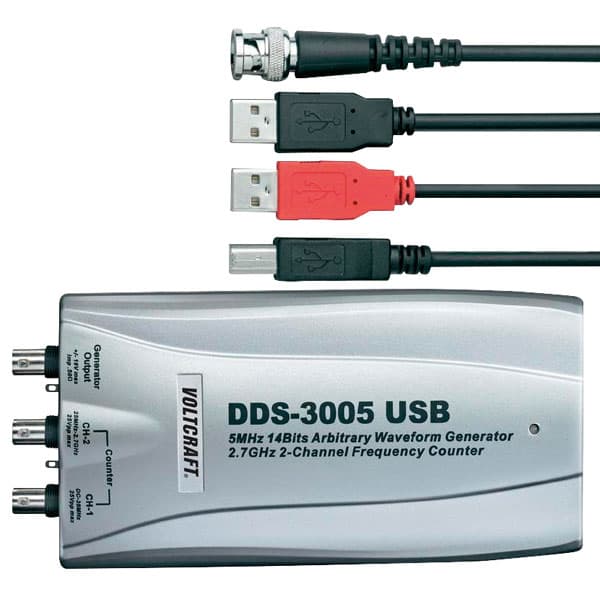
Figure 15: USB Function Generator
USB function generators are small, portable devices that connect to a computer through a USB port. They are controlled by software, allowing users to create and adjust waveforms directly from their computers. These generators are ideal for testing in the field or other situations where being portable and easy to use is a priority. Even though they are small, USB function generators can offer many functions, but they might not be as precise or durable as larger, dedicated units.
Computer-Based Function Generators

Figure 16: Computer-Based Function Generators
Computer-based function generators use software to create waveforms, using the computer's audio output to generate the signal. This format is very budget-friendly because it makes use of existing computer hardware. However, the accuracy and performance of computer-based generators often depend on the computer’s audio hardware, which may limit their use in situations that need high precision. They are best suited for simple, low-frequency signal generation where keeping costs low is the main goal.
Integrated Oscilloscope Function Generators
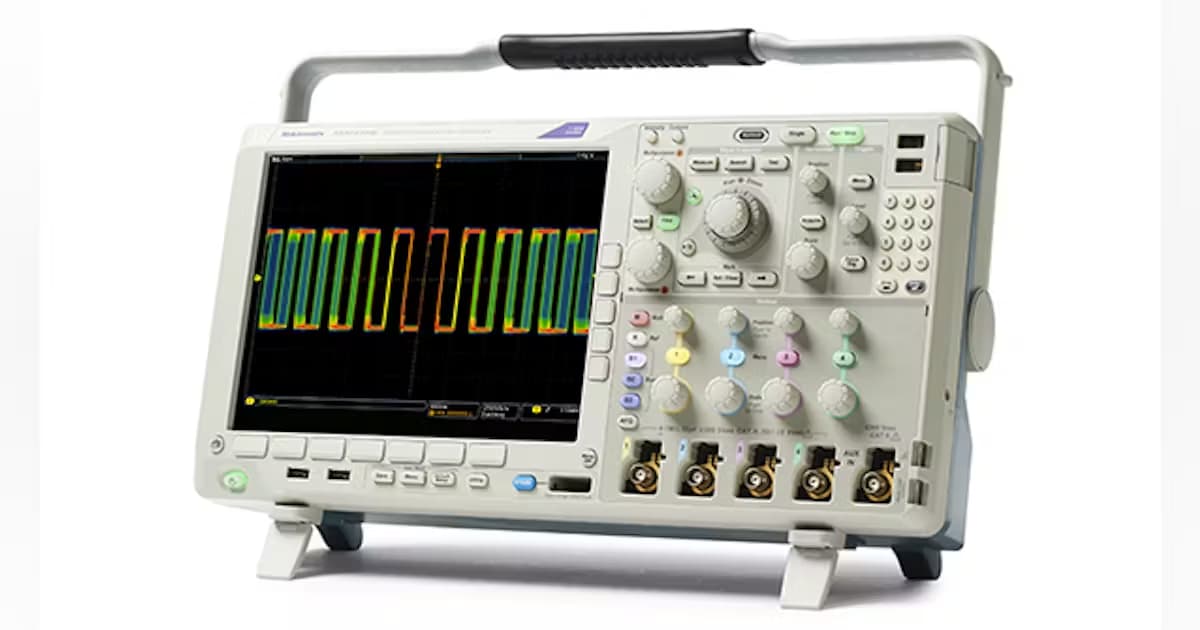
Figure 17: Oscilloscope with Built-in Function Generator
Some oscilloscopes have a built-in function generator, offering a handy all-in-one solution for both creating and analyzing signals. This combination allows users to generate a signal and immediately check it without needing separate devices. While this format is convenient and saves space, it may not offer as wide a range of waveforms as standalone function generators. These integrated devices are great for learning and general testing where ease of use and compact design are valued.
Function Generator Specifications
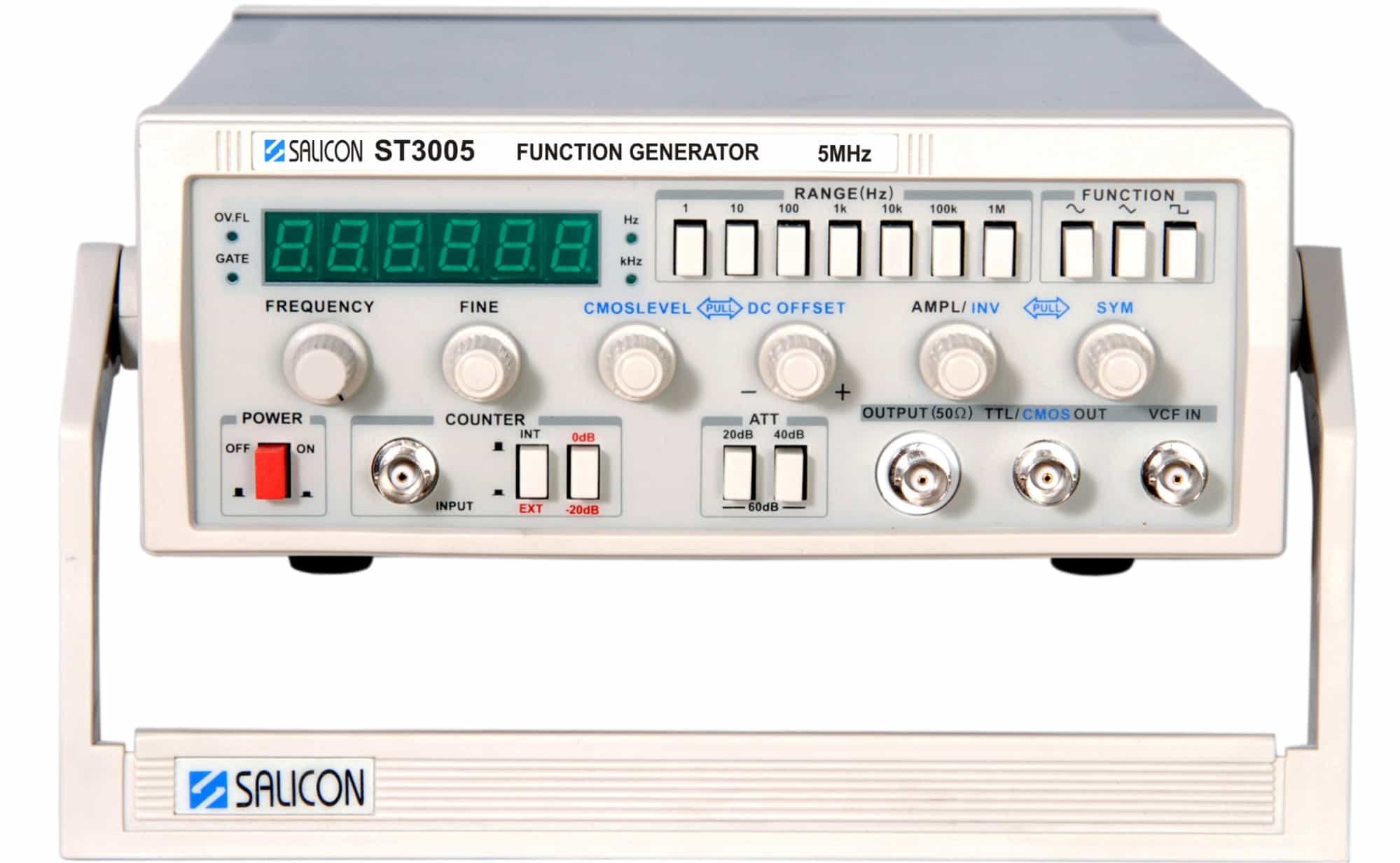
Figure 18: Function Generator
Function generators are devices used to create various electronic signals needed for testing and development in electronics. They come with controls that let you adjust the signal to fit the specific requirements of your project.
Frequency control adjusts how often the waveform repeats over time. This setting helps match the signal to what you’re testing. For example, you might need higher frequencies for fast digital circuits or lower frequencies when testing audio equipment.
Waveform type selection allows you to choose the shape of the signal, such as sine, square, or triangular waves. Each shape is suitable for different testing purposes. Sine waves have a smooth, continuous shape, which works well for testing audio or radio frequency circuits. Square waves, with their clear on/off transitions, are good for digital electronics, where they can mimic binary signals. Triangular waves, which rise and fall evenly, are often used in modulation and signal processing tasks.
DC offset control lets you move the waveform up or down along the voltage axis. This means you can adjust the signal so it’s not centered around zero volts but shifted by a certain amount. This is useful when you need to simulate real-world conditions that include a steady voltage level, such as in analog circuits where a constant voltage (DC bias) is present.
Duty cycle control changes how long the waveform stays in its "on" state compared to its "off" state in each cycle. This setting is particularly useful when generating square or pulse waves. For instance, in pulse-width modulation (PWM) tasks, changing the duty cycle adjusts how long the signal stays high, which can control the power delivered to a device. This is especially helpful in applications like motor control, where adjusting the duty cycle can regulate the speed and force of a motor.
Conclusion
Function generators are helpful tools in electronics, offering various features that suit different testing and development tasks. From the basic sine wave to more complex custom waveforms, these devices help engineers and technicians simulate real-world conditions, making sure circuits work properly in different situations. By understanding the different types of function generators—whether analog, digital, or those that create custom waveforms—and their specific features, you can pick the right tool for your job, leading to more reliable and efficient designs. As technology continues to advance, the role of function generators in research, development, and quality control will only grow, making them a valuable tool in any electronics professional’s toolkit.
Frequently Asked Questions [FAQ]
1. What are the functions of a generator?
A generator's main job is to change mechanical energy into electrical energy. It does this by spinning a coil within a magnetic field, which creates an electric current. The electricity produced can then be used to power devices, machinery, or stored for later use. Generators are often used where there is no access to the main power supply or during power outages.
2. What is the meaning of generator function?
In programming, a generator function is a special type of function that allows you to produce and return multiple values one at a time, rather than all at once. This is useful when you need to create a sequence of values or items in a way that saves memory and processing power, especially when dealing with large amounts of data.
3. What is the function of a simple generator?
The function of a simple generator is to create electrical energy from mechanical energy. It works by moving a wire coil inside a magnetic field, which generates an electric current. Simple generators are often used for small-scale power generation.
4. What is the function of every generator?
No matter the type, every generator serves the same basic function: turning mechanical energy into electrical energy. This conversion allows generators to provide power to electrical systems, devices, and grids.
5. How to use a function generator step by step?
To use a function generator, first, connect its output terminals to the input of the circuit or device you want to test. Then, turn on the function generator. Next, choose the type of waveform you want (like sine, square, or triangle) and set the frequency to match what you need. Adjust the amplitude to control the signal's voltage level, and if required, set a DC offset. Finally, start the generator to begin sending the waveform to your circuit, and observe the results using an oscilloscope or another measuring tool.